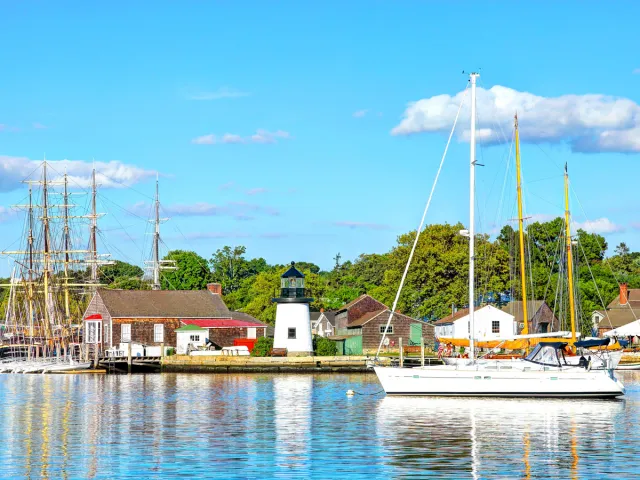When we think of the world’s most iconic buildings, such as the Empire State Building, St. Paul’s Cathedral, or the Sydney Opera House, it’s hard to imagine that they won’t be a part of their city skylines indefinitely. Yet, for a multitude of reasons, we’ve already lost some unique and much-loved properties, either by accident or because no one fought hard enough to save them from demolition. Take a look at the surprising stories of seven once-famous buildings that no longer exist.
Pennsylvania Station – New York, New York
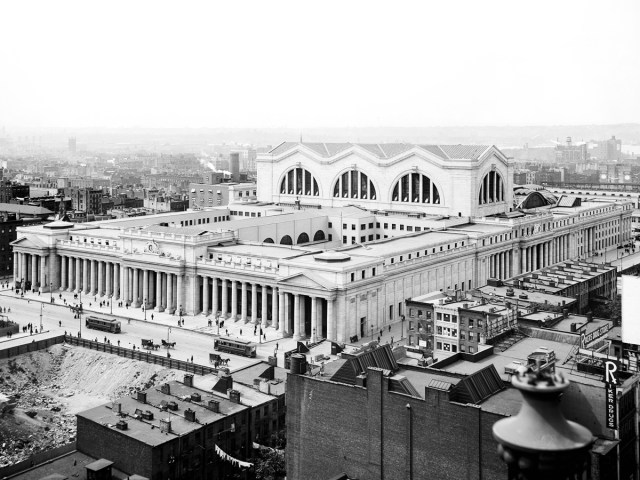
On June 26, 1978, when the U.S. Supreme Court voted to save Grand Central Terminal from demolition, the ruling was bittersweet. Just 15 years earlier, the original Beaux-Arts head house and train shed of Pennsylvania Station across town had fallen victim to the wrecking ball, soon to be replaced by Madison Square Garden and Pennsylvania Plaza.
Sadly, the station had been a lost cause for some time: In the 1950s, crippled by falling passenger numbers, the Pennsylvania Railroad had been forced to sell the air rights to the station. In doing so, they had no longer had any say over what happened to the space above it.
Despite its poorly maintained state, the loss of this historic landmark was devastating. There are, however, a few remnants of the original station that remain in the underground concourses that were renovated after the demolition — including some original tracks, platforms, staircases, and handrails. And the public outcry that followed Penn Station’s demolition is widely viewed as the catalyst for the New York City Landmarks Law, legislation passed in 1965 that has since secured the future of many of the Big Apple’s most treasured buildings.
The Crystal Palace – London, England
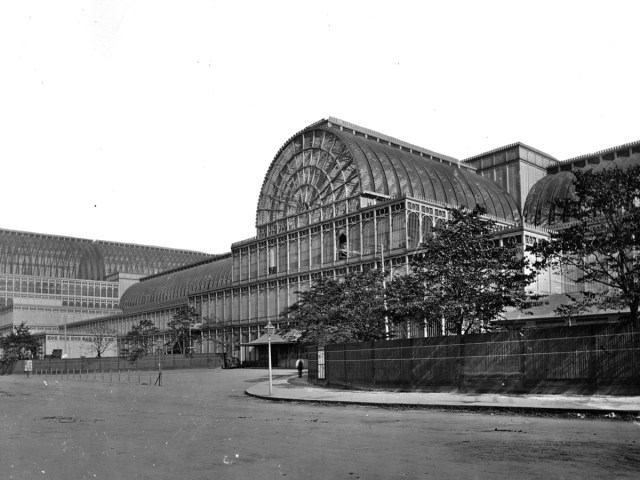
The magnificent Crystal Palace was initially erected in London’s Hyde Park for the Great Exhibition of 1851. It was the vision of architect and gardener Sir Joseph Paxton, who created his design to accommodate the largest panes of glass available at the time, incorporating 300,000 of them into the building. Three years later, the modular structure was dismantled and reassembled in south London, where it stood on top of Penge Peak from 1854 until 1936.
Despite the building’s illustrious beginnings, its end was unbefitting of such a landmark structure. In the winter of 1936, a fire broke out in an office and quickly took hold. Sadly, attempts to extinguish the blaze were in vain and the popular landmark was destroyed.
Laboratorios Jorba – Madrid, Spain

Opened in 1967, Laboratorios Jorba was the work of Spanish architect Miguel Fisac. His bold design consisted of a stack of five square floors, each rotated by 45 degrees, creating a series of hyperbolic paraboloids in the process. Locals soon dubbed it “the Pagoda,” as it evoked a style more closely associated with the Far East. It was commissioned by a pharmaceutical company of the same name, which wanted a striking building that would catch the eye of Madrileños as they passed by it.
By the 1990s, Laboratorios Jorba had vacated the building, and it was unsuitable for a new tenant because it no longer complied with fire regulations. Modification would have been too costly, so it was controversially slated for demolition, and in 1999, the Spanish capital lost an icon.
Belknap Hardware Building – Louisville, Kentucky
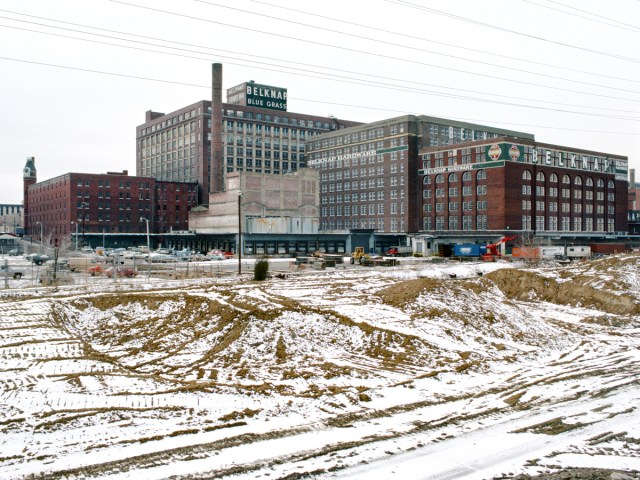
Once a major player in the tools business, the Belknap Hardware and Manufacturing Company was founded in Louisville, Kentucky, in 1840. A century later, the company’s sprawling headquarters complex comprised 37 separate buildings connected by covered bridges and underground tunnels. But after declining sales in the 1980s, the business faltered and the site was sold to Humana, a health insurance company.
When news broke in 1993 that Humana intended to demolish the historic building, it caught the attention of Warner Bros., who seized the chance to publicize their upcoming movie Demolition Man, starring Sylvester Stallone, Wesley Snipes, and Sandra Bullock. With Warner Bros. supplying extra explosives to enhance the effect, the Belknap Building came crashing down in spectacular fashion, with the demolition broadcast live on MTV.
Sutro Baths – San Francisco, California
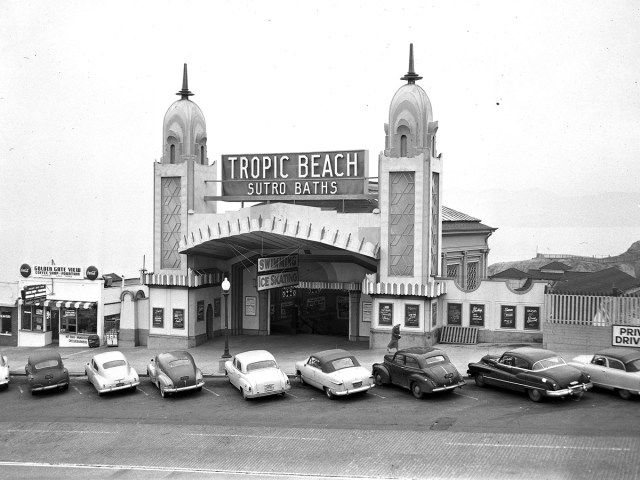
The splendid Sutro Baths once graced the shores of the Lands End area in San Francisco, which today lies within the Golden Gate National Recreation Area. The work of Adolph Sutro, a self-made millionaire and entrepreneur, the complex consisted of seven pools. At high tide, six of them filled with salt water from the Pacific Ocean. Sutro envisioned a place for leisure, installing slides, swings, trapezes, and diving boards, as well as staging concerts and shows to encourage people to hang around.
But the site was expensive to run and became less popular over time. In an attempt to keep it open as a visitor attraction, the Sutro family converted part of the complex into an ice rink, but it wasn’t enough. In 1966, while it was being torn down, a fire broke out and destroyed the complex, but the coastal ruins remain a popular tourist attraction.
Les Halles – Paris, France
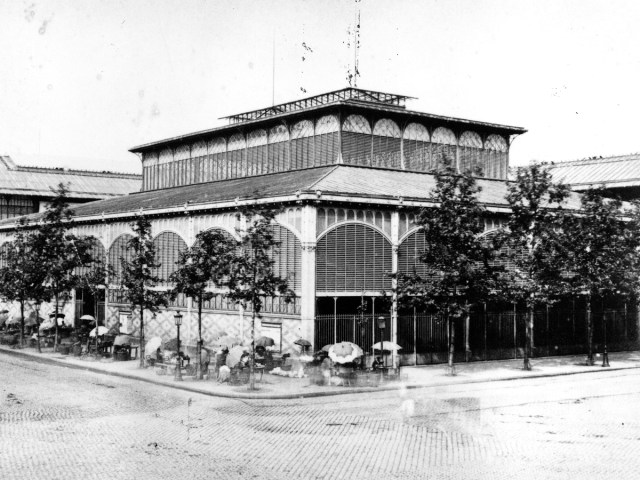
Les Halles is a thriving market area in Paris dating from the 12th century. When Emperor Napoleon III commissioned a new market building for Les Halles in the 1850s, it resulted in a series of spacious iron pavilions that were flooded with light and rang with the sound of commerce-driven chatter. Acclaimed novelist Emile Zola chose it as the setting for Le Ventre de Paris, published in 1873, and his vivid descriptions helped cement its place in the hearts of Parisians.
Over time, however, the location became unsuited to its purpose, and when the market was relocated to the suburbs, the writing was on the wall. In the 1970s, Les Halles was redeveloped into the Forum des Halles, a modern shopping mall loathed by locals that has itself been consigned to the history books.
New Imperial Hotel – Tokyo, Japan
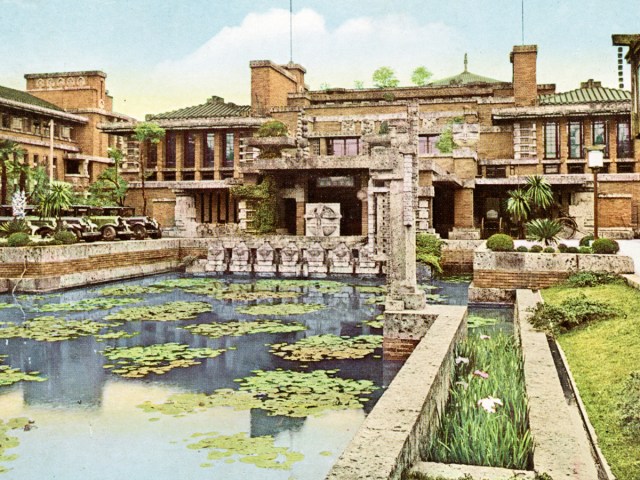
In the early 1920s, architect Frank Lloyd Wright was hired to design the New Imperial Hotel in Tokyo, which replaced a 1890 landmark property. The new hotel opened on September 1, 1923, the day the city was hit by the Great Kanto earthquake. Auspiciously, Wright’s building, built on a floating foundation, was able to withstand the seismic activity. A beautiful modern hybrid of Western and Japanese architecture, it was widely hailed as a triumph and soon bore the nickname the “Jewel of the Orient..
Unfortunately, over the course of several decades, the ground beneath the hotel settled unevenly, causing pieces of decorative Oya stone to fall off. In 1967, practicality won out over sentimentality, and a decision was made to pull the hotel down rather than refurbish it. However, Wright’s entrance and lobby were salvaged and became part of the Meiji Mura Museum near Nagoya.
More from our network
Daily Passport is part of Inbox Studio, which publishes content that uplifts, informs, and inspires.











